The Year –– 2024
2024 was a “behind the scenes” year for Long John; however, Chapter 6 has been under steady production throughout with 2025 being its debut. Below are the things that, though they may not have been direct inspirations on the comic, inspired me to keep pushing forward on the unenviable job of bringing this long-running comic to a close.
THE YEAR IN LONG JOHN
- PUSHING THROUGH CHAPTER 6
As has been touted for awhile, Volume 6 (and its associated chapter) will bring the Long John story to a close. With that in mind, I’ve been taking extra care to get it as right as I possibly can. This impacts the process in two major ways: 1. it’s a big book and 2. I’m always revising.
As far as the size, it’s on its way to being around 60 pages of story content, meaning it will be the longest Long John book. One could argue that I could break it up into two shorter books, but I’m so close to being done at this point, I would rather go big for a spectacular finale.
Speaking to the constant revision, I haven’t thrown out entire scenes or anything, but I am taking extra care with the thumbnails and dialogue to make sure I don’t have to redraw anything or shoehorn any extra dialogue into a scene to make sure everything closes cleanly.
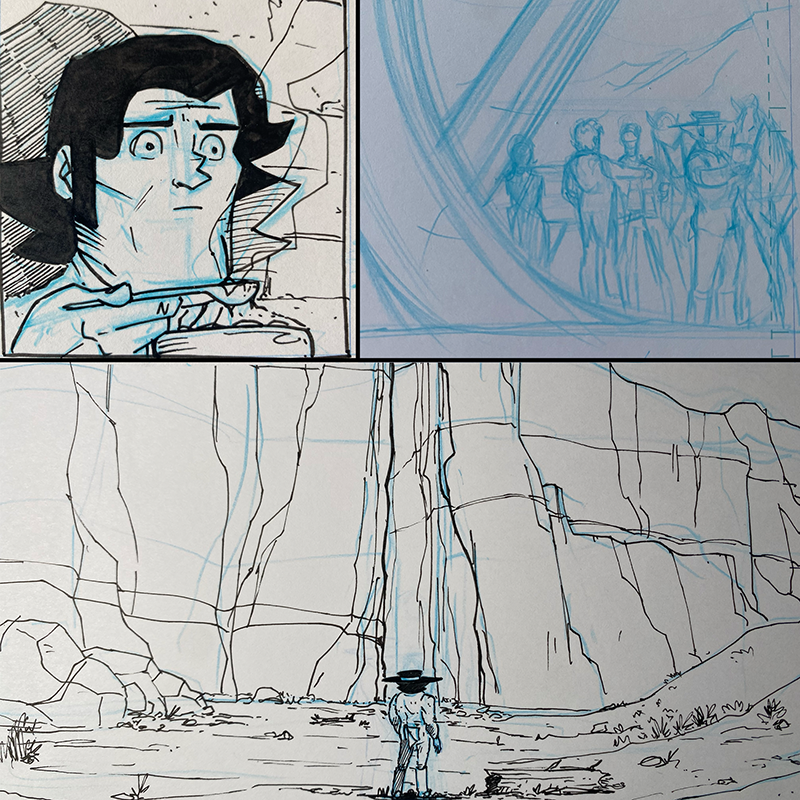
Other things have slowed down production over the last few years, mostly spread between a major home remodel along with family events and their associated travel demanding a lot of time and effort which deserve that attention more than a comic book ever will. That being said, I’m always working on it and we are getting really close to having the whole thing drawn and scanned, after which the process speeds up a bit. I’m really happy with the ending and can’t wait to bring it to you in 2025!
THE YEAR IN INSPIRATION
WATCHED:
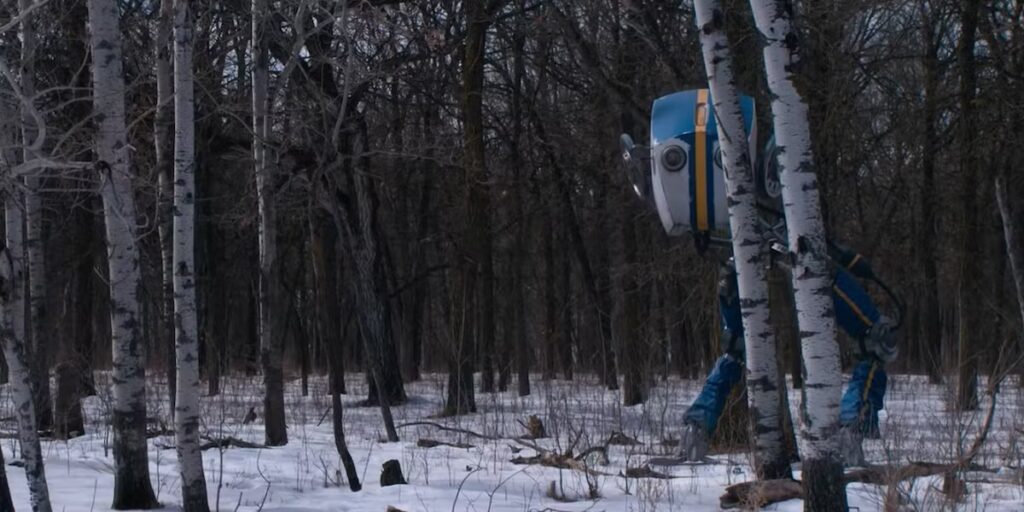
- Tales From the Loop
I was tangentially aware of Simon Stålenhag’s artwork over the years though I never directly engaged with it aside from occasional image searches and the passing thought of, “I should pick up one of his books someday.” His work is intriguing, infused with a love for the mundane and science fiction, which envelops the work in a nostalgic melancholy that I enjoy. The fastest way to describe his work is basically Andrew Wyeth with robots––he paints scenes of everyday life (most often rural) and embeds throughout the scenery imposing but docile machinery that looks straight out of something like Star Wars but covered in overgrowth, rusted, and forgotten. It’s just another part of the landscape that its inhabitants ignore like a tree they used to swing on as children.
His narrative art book that got the most attention over the years was Tales from the Loop in 2014, which was then adapted into a concise and beautiful television show for Amazon Prime. It focuses on a midwestern town that is also home to “The Loop” a mysterious and subterranean machine that seems to be subtly (or not so subtly) affecting its residents. Despite the seemingly malevolent mystery at the core, the series is about the people––their histories, relationships, fears, and vices––and their fallible, relatable humanity that makes it a wonderful and impactful watch.
As with all tv series, my wife and I watched the show slowly so that we could absorb each episode on its own and even delayed the finale because we didn’t want it to end. Despite its presentation as a intertwined anthology, it comes together in such meaningful way that I couldn’t stop thinking about it––and feeling it––for days afterward. It’s such a perfect, perfect thing and I’m so happy it exists.
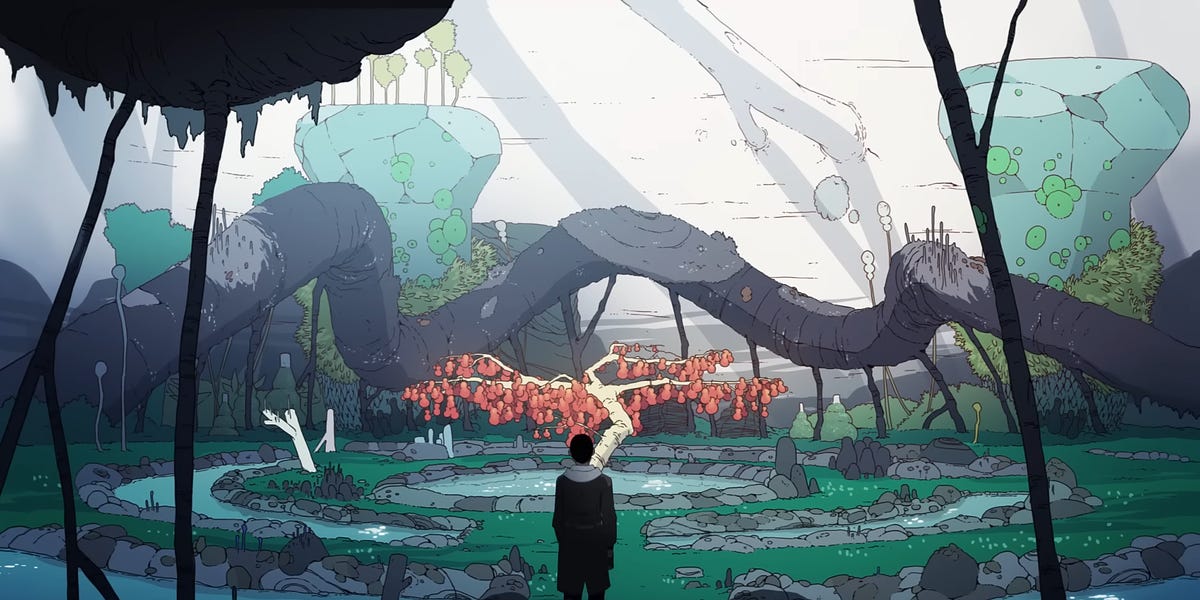
- Scavengers Reign
I’m kind of cheating here because this originally released in 2023, but I didn’t do a retrospective last year. However, it did debut on Netflix this year and I watched it again, so it counts as far as I’m concerned.
Simply put, Scavengers Reign is a show (an animated series, for those wondering) that is everything I wanted. It’s not like it’s an aesthetic or style I aspire to write or draw, but the tone of it, the loneliness of it, the irrepressible beauty of it strums a chord in my brain that makes me just feel calm and inspires every aspect of my creative mind. It’s basically the tv version of what Prophet means to me––it is an exercise in what can be done by the medium of animation instead of playing in preexisting stylistic and narrative pools. It presents a world so alien but beautiful that I couldn’t look away. Its characters––though stranded interstellar travelers––are so well sculpted to be as relatable as any in live-action. Its tone shifts from quiet and serene to menacing and treacherous organically and believably. In Scavengers Reign, it’s clear the creators were focused more on presenting a world and its characters with veracity and nuance than on what will ensure ratings and merchandise (though I certainly hopped on that train when I could), which encompasses the indie ethos I love so much about what Graham, Roy, and Milonogiannis did with Prophet––just do what you want as well as you can and let the audience that finds it absolutely love it for what it is.
PLAYED:
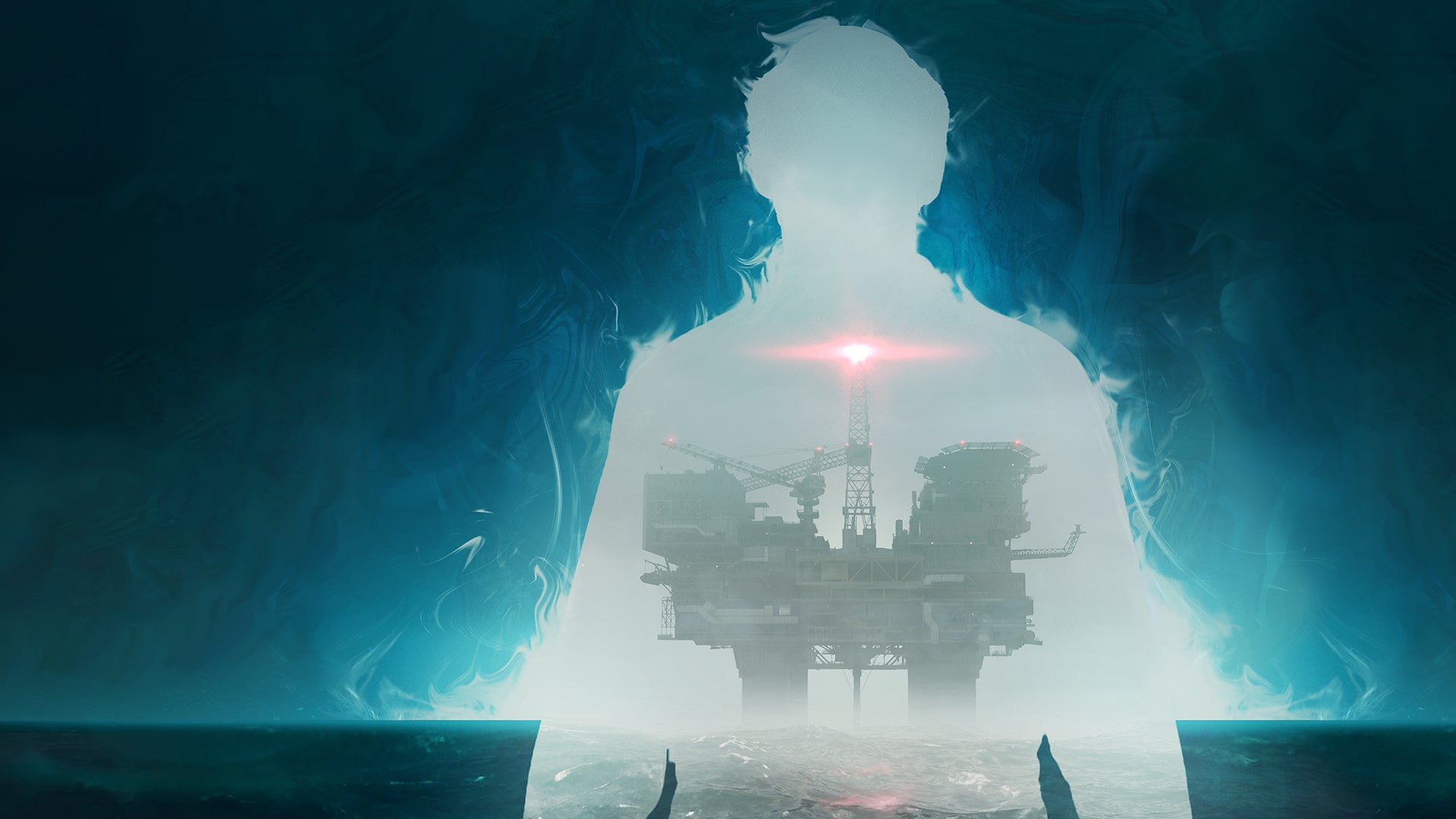
- Still Wakes the Deep
I’m really worried about recency bias here, but I definitely think the game that spoke the most to me (even if, technically, others were more fun) is Still Wakes the Deep by British developer, The Chinese Room (named after, from what I’m told, a thought experiment by John Searle). Though I’m not really into horror games (like Resident Evil or Dead Space), I very much am into Lovecraftian cosmic horror, John Carpenter’s The Thing, a general foreboding tone, and an intriguing, isolated location––which is basically how Still Wakes the Deep was pitched: “The Thing on a deep-sea Scottish oil rig.”
Luckily, it’s a horror game more about the story and the characters than it is about fighting monsters or managing complex systems. It’s comprised of light puzzle-solving, a few jump scares, and some chase sequences, but ultimately it’s a game built around taking in the environment as it goes from the mundane to a nightmare. What I love about it most is that it’s a concise game and, because of that, all the pieces it’s working with fit together cohesively and, to me, satisfyingly. While it’s a game about showing you scary stuff, it is also a light commentary on Scottish and global politics in the ’70s (when the game takes place). Furthermore, the narrative is built around a really normal, but troubled character, Caz McLeary who has gone to work on the rig to avoid some trouble he got himself caught up in on the mainland and, by the end, works to reconcile the kind of person he has been with the kind of person he wants to be.
What works so well is that while it is a horror game, all the elements––visuals, writing, excellent voice acting, music, and gameplay––work together to take the character across his arc, blending narrative and gameplay into a rewarding and fulsome experience like I don’t see in games too often. What is especially welcome is the actions available to you playing as Caz. Still Wakes the Deep is not a power fantasy like most games out there. Instead, you are just a normal person––in fact, you’re a normal person suffering from head trauma due to an accident on the rig––and all you can really do is open doors, flick switches, climb ladders, and run to the best of your ability. When you do start to run, it’s clear Caz isn’t some secret Olympian, either. His arms flail in front of him as he stumbles forward, encapsulating his discomfort with the act as well as his fear in the moment, and it adds so much to the experience and speaks to the design of the game on the whole.
It’s not a perfect game, of course, but it takes a confident and assured swing which, for me, hits it out of the park and is surely a game I’ll go back to every now and then.
READ:
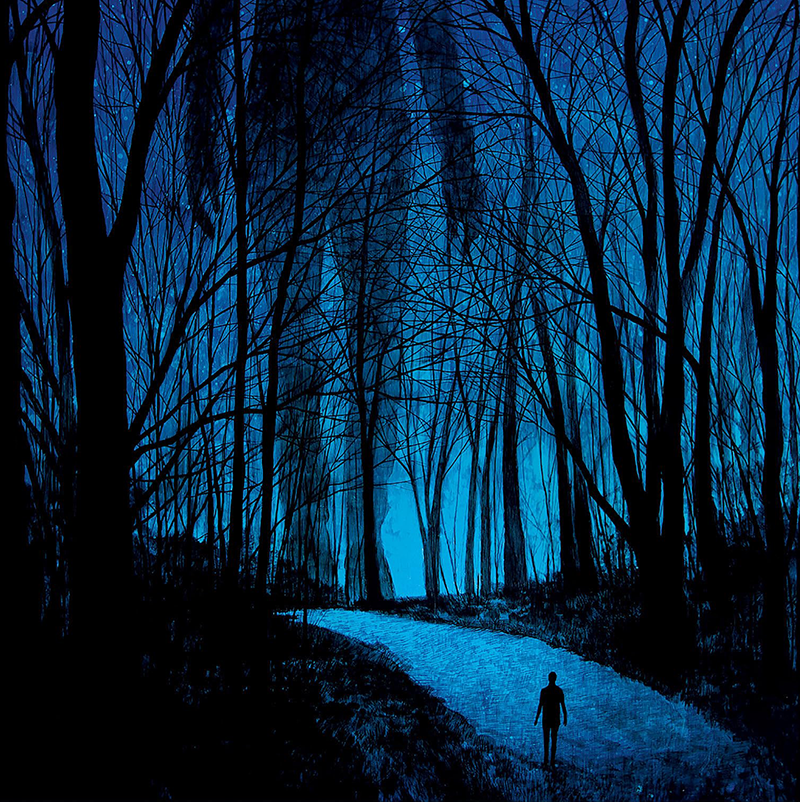
- The Best of Richard Matheson
I dabbled over the years in horror literature but never made any earnest attempt. This was mostly due to the attempts leaving me underwhelmed. The only horror I’ve really found engaging was H. P. Lovecraft (who I acknowledge as being a very problematic person), but mostly due to his unique and philosophical approach to the scenarios he wrote more than finding them scary. In fact, most of the horror fiction I read I never found particularly scary. In most cases, it read as silly (like a lot of early Lovecraft), or it was just disgusting and gory (which I found to be true in the generally excellent horror novel, The Only Good Indians by Stephen Graham Jones). So, this year, I attempted to try to find good and scary horror fiction. To accomplish that, I made two decisions: 1. let’s start with classic writers and 2. let’s keep it to short fiction.
The former makes a lot of sense, but I made the second decision on the chance that horror is best when much is left unsaid. I reasoned that, over the course of a full novel, space must be filled and mysteries explained. Short stories are naturally more abstract because of their brevity, which seems like it would work well for horror.
And it does.
I have always admired Richard Matheson’s oeuvre from afar, respecting his voluminous literary and televised output and having enjoying the one book I read of his, I Am Legend. So, he seemed to be the horror writer in closest proximity, brought closer when I saw Penguin Classics had a collection of his short stories curated by a writer I have also enjoyed quite a bit (and whose work I should also read more), Victor LaValle. With that, I dove in, first bouncing around the collection until I just sat down and started reading them one after the other.
While the quality or, to be generous, impact varied from story to story, I found the experience to be much closer to what I was looking for in literary horror. While I won’t say I was terrified by any of the stories, I found many to be compelling and effective (especially “The Duel” which was particularly off-putting for some reason), proving enough to continue the expedition. The next up is the venerated Night Shift by Stephen King. And––yes––it will be the first Stephen King fiction I’ve ever read.
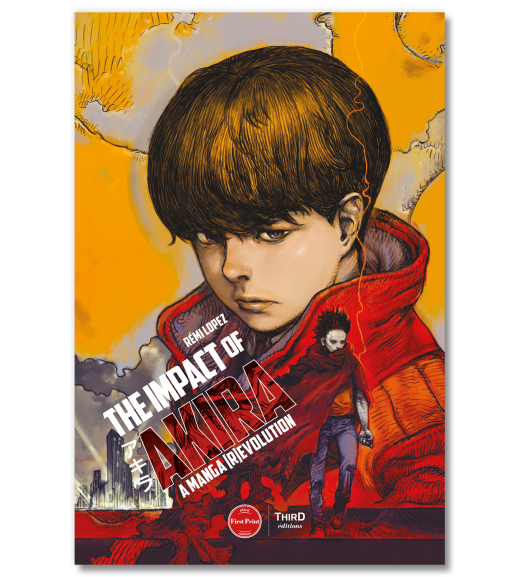
- The Impact of Akira: A Manga [R]evolution
While I’ve always had a book going, 2024 was also a year I devoured critical works about video games and comics. It wasn’t a matter of avoiding it before, it’s just that I didn’t know where to find it. Over the last few years I’ve come to trust a few publishers that consistently put out work that is thoughtful, interesting, and (most importantly) focuses on stuff I want to read about: Boss Fight Books and Third Éditions.
As is insinuated by the name, Boss Fight Books focuses on video games, and I’ve read a handful of their books over the last year (mostly because they’re short)––Shadow of the Colossus, Super Mario Bros. 2, and Chrono Trigger––and I found the quality varied depending on the angle each author brought to the game. A slower burn for me––though one I’m growing to appreciate more as time goes on––is the detailed and thorough critics writing for Third Éditions, a publishing house based in France. I’m impressed by Third Éditions for a variety of reasons, but specifically for the fact that they have gone through the effort to hire translators (good translators) to bring their complicated and nuanced arguments to English-speaking audiences. Admittedly, I originally bought a few of their books because they were pretty, but after diving into recent acquisitions I think I’ll pick up whatever book they make that appeals to me because not only are they quality in terms of aesthetics, their interiors are also on point.
In 2024, the book I spent the most amount of my time with was their book about Katsuhiro Otomo’s foundational manga, Akira, though it bounces between the manga and the anime, which is fair because it also written and directed by Otomo (their history is very intertwined). Author Rémi Lopez examines the work so thoughtfully and carefully that I learned as much about the history of Japanese popular culture as I did about Akira itself (the chapter about the bosozoku retroactively validated my read on the first volume of the manga, which obviously pleased me). The Impact of Akira has become one of those books I want to shove into people’s hands if they faintly hint at showing an interest in a deeper reading of Akira. The book highlighted my thirst for good criticism about comics, especially. I’m rounding out the year with their wonderful book about The Last of Us games called, Decoding The Last of Us: The Remnants of Humanity, by Nicolas Deneschau and it is wonderful (meaning exhaustively researched and compellingly written) so far.
Though it has been very quiet the last few years around here, think of it less as being dormant and more like a boil and the water has been getting very warm as of late. I’m eager to bring the finale of Long John to you in 2025 with an awesome book and the door opening to what comes next…which is as terrifying as it is exciting. Happy new year to all of you!

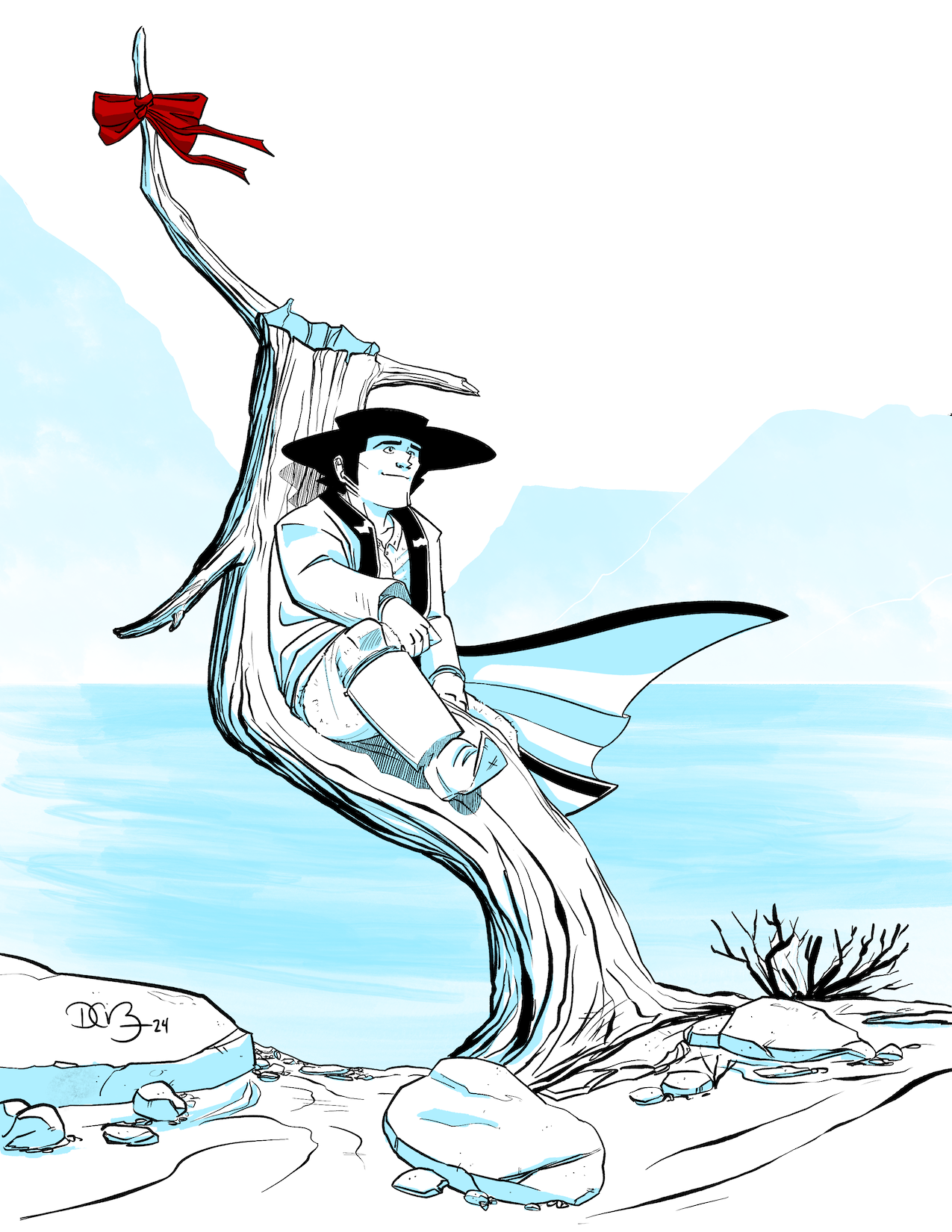
Discussion ¬